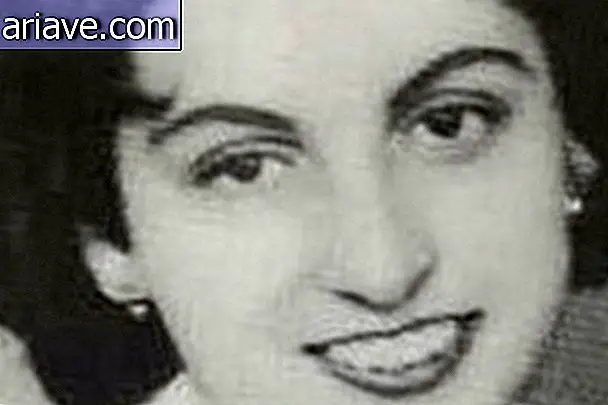Non-Binaries: The 3rd Genre That Looks Like New Today Has Existed For Centuries
Fortunately, issues related to gender identity are being increasingly discussed and thus we can better understand the complexity of human diversity. There are also those who confuse gender identity with sexual orientation, however. Basically, gender identity corresponds to how a person feels (male or female), regardless of the gender with which they were born.
Sexual orientation is what defines whether a person is homosexual, heterosexual, bisexual, pansexual, and so on - so it is a matter of sexual attraction. A person born male and undergoing gender adaptation surgery to become a woman may well enjoy being with women. In these cases, people ask: "Hey, but she was a man and became a woman to be with a woman?". Uh. Everything can and life goes on.
Another concept that is emerging within gender issues is that of non-binary gender, which is the person whose identity fits neither as a man nor as a woman. It can be said that a non-binary is between one gender and another, or even a combination of the two. These are people who do not necessarily choose to do gender readjustment processes through medication and surgery.
New, but not so much

Of course, as with all that is new, this definition has caused strangeness and, unfortunately, so unnecessary prejudice. The point is that the non-binary genre does not seem to be that new. Many Eastern cultures are already accustomed to the broader idea of gender identity.
In Indonesia, for example, the conception of the non-binary genre is something that has existed for a few centuries. That's right, you didn't read it wrong: centuries. The largest ethnic group in the south of the country, the Bugis, has simply five types of gender identity. In addition to female and male cisgenders, conceptions with which we are familiar, Bugis also have the gender calabai (female), calalai (male woman) and bissu, which is the combination of all genders.
Anthropologist Shatyn Graham explains that if we ask Bugis how they think gender formation is defined in the world, they would probably answer that most people fit bissu .
Not from today

Aesthetically, bissus dress in clothes that are worn by both men and women - and this is not just for clothes, but also for accessories. Graham uses an example of a bissu wearing a traditionally male knife while his hair was adorned with flowers. Do you know since when this kind of behavior is seen there? Since the 13th century at least.
Bissus have always played important roles in terms of social influence, participating in marriage and religious rituals, performing blessings and being widely respected by Bugis. Unfortunately, many Islamic fundamentalists began to persecute Bissu people after Dutch rule in 1949.
In 2002, Bissu identity was again defended as part of Bugi culture, and in 2015 anthropologist Halilintar Lathief published an article in which he advocates the right of Bissu identity to be framed between gay and transgender communities. non-binary individuals would regain their social and economic rights.
Non-binary globalization

The fact is that more people around the world are identifying themselves as non-binary, and freedom and acceptance movements are growing. In 2014, the hashtag #whatgenderqueerlookslike was popularized on Twitter, which basically brought together non-binary people who published selfies to show what they look like.
In India, for example, since 2014, discrimination against non-binary persons has been a crime, and since then a third gender option has been introduced in identity documents - the same in Nepal, Pakistan and Bangladesh.
In Australia, the third gender option has been valid since 2011, and in the United Kingdom it is possible to use the title “mx”, which indicates non-binary genre. An Oregon judge recently authorized Jamie Shupe, a former Army mechanic, to have non-binary identification on his driver's license. It seems that what has been common in Indonesia for centuries and probably in people around the world will soon become legal law in more parts of the world.
The fact is that many people do not identify themselves as either men or women, and from this logic it seems fair to us that they have the right to carry out this identification in official documents if they wish. what do you think about?











